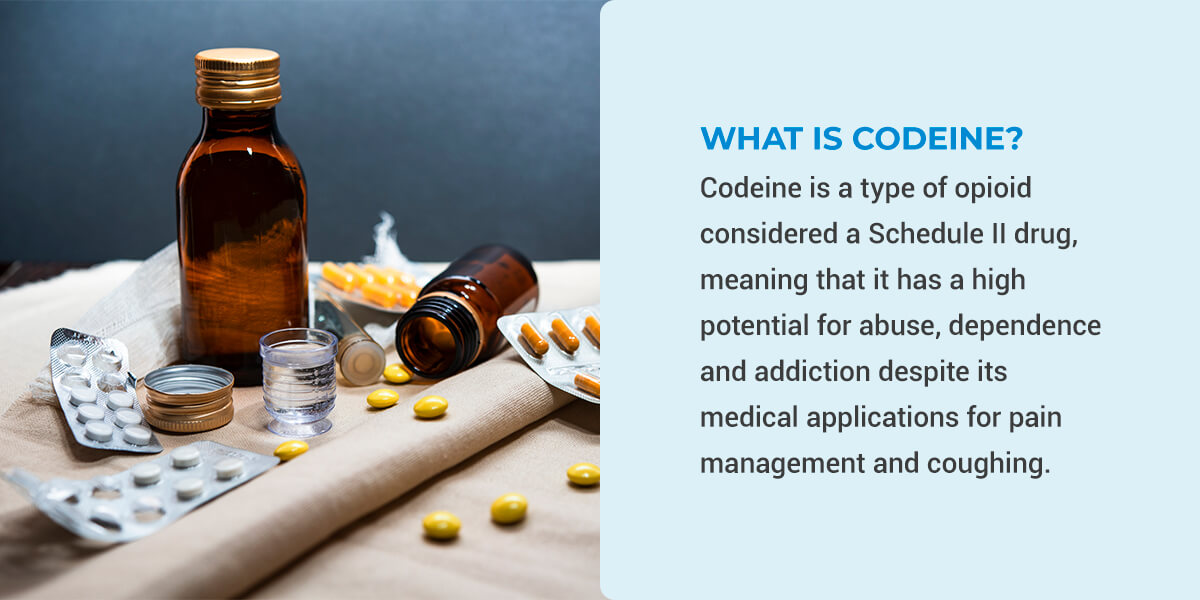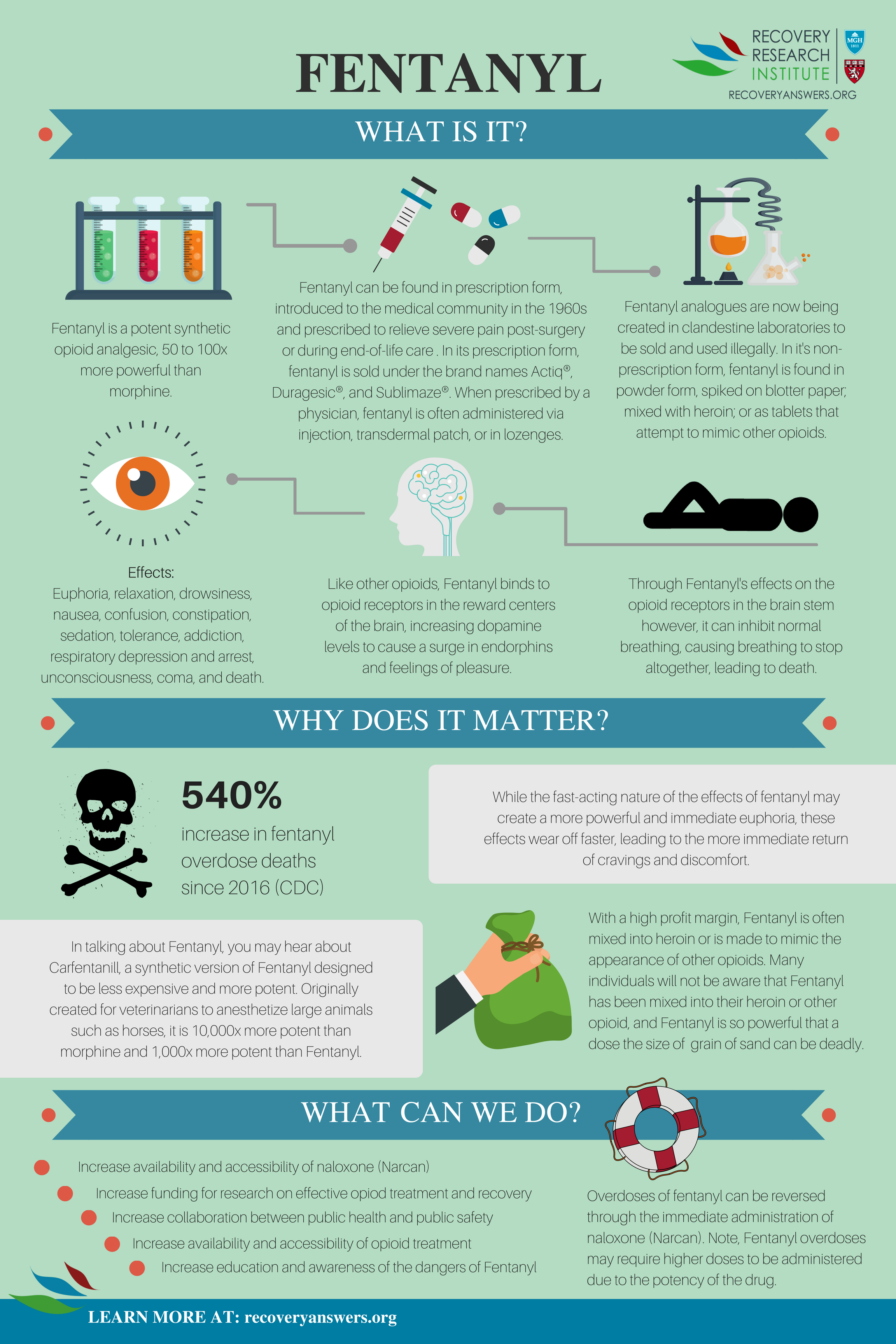
Codeine is an opioid medication that is used to treat mild to moderate pain, as well as to relieve coughs. It is a prodrug, which means that it is converted into its active form, morphine, in the body. Codeine is typically used in combination with other medications, such as acetaminophen or ibuprofen, to increase its effectiveness.
Codeine is a Schedule II controlled substance and it is available in the form of tablets, capsules, and syrups. It is also sometimes found in combination with other medications in prescription cough syrups and cold remedies.
Like other opioids, codeine can be addictive, and it can cause serious side effects, including drowsiness, dizziness, nausea, and constipation. It can also cause respiratory depression and death in high doses.
Codeine is not recommended for use in children under 12 years old, people with breathing problems, or people who have had a recent head injury, a seizure disorder, or a history of alcohol or drug abuse.
If a person develops physical dependence on codeine, stopping the medication abruptly can cause withdrawal symptoms such as restlessness, muscle and bone pain, insomnia, diarrhea, vomiting, cold flashes with goose bumps, and involuntary leg movements. Medication-assisted treatment (MAT) with drugs like buprenorphine or methadone could be recommended, and it should be accompanied by counseling and behavioral therapies to address the underlying issues and to help the patient develop coping skills and strategies to prevent relapse.
Medication Assisted Treatment for Codeine Addiction
Medication-assisted treatment (MAT) for codeine addiction typically involves the use of medications, in combination with counseling and behavioral therapies, to help individuals stop using codeine and other opioids. The FDA-approved medications used in MAT for codeine addiction include methadone, buprenorphine, and naltrexone.
Methadone is a long-acting opioid that is used to reduce withdrawal symptoms and cravings for codeine. It is typically dispensed in a clinic setting and can be taken orally.
Buprenorphine is a partial opioid agonist, which means it produces less intense effects than full opioid agonists like codeine. It is used to reduce withdrawal symptoms and cravings and can be prescribed by a qualified physician in an office setting.
Naltrexone is an opioid antagonist, which means it blocks the effects of opioids. It is used to prevent relapse and is typically taken in pill form.
MAT for codeine addiction is considered to be an effective treatment option, as it can help to improve treatment retention and reduce the risk of overdose and death. However, it is important to note that MAT is not a standalone treatment, and it should be accompanied by counseling and behavioral therapies to address the underlying issues and to help the patient develop coping skills and strategies to prevent relapse.
It is also important to note that codeine is often used in combination with other medications, such as acetaminophen or ibuprofen, and these other medications should be taken into account when developing a treatment plan, as they can also have addictive potential and harmful effects in case of misuse.


